The Importance of Diversity in Japanese Manga
Japanese manga, often referred to simply as manga, is a popular form of storytelling that uses a combination of text and artwork to convey stories. Manga covers a wide range of genres, from action and adventure to romance and horror, and is enjoyed by people of all ages around the world. While manga has a rich history and a vast array of stories, characters, and settings, there has been a growing demand for more representation of LGBTQ+ and POC (People of Color) characters in Japanese manga.
Representation Matters
Representation in media is crucial because it allows individuals to see themselves reflected in the stories they consume. When people see characters who look like them, share similar experiences, or face similar challenges, they feel validated and empowered. However, historically, Japanese manga has been criticized for its lack of diversity, with many manga series centered around heterosexual, cisgender, and predominantly white characters.
As society continues to become more diverse and inclusive, there is a growing demand for media that represents the full spectrum of human experiences. LGBTQ+ individuals and people of color deserve to see themselves represented in manga, just like everyone else. By including LGBTQ+ and POC characters in manga, creators can help break down stereotypes, challenge societal norms, and promote acceptance and understanding.
Celebrating LGBTQ+ Characters in Japanese Manga
In recent years, there has been a noticeable shift towards more LGBTQ+ representation in Japanese manga. While LGBTQ+ characters were once relegated to side roles or comedic relief, they are now being featured as main characters in manga series that explore their relationships, identities, and struggles.
One example of a manga series that celebrates LGBTQ+ characters is “My Brother’s Husband” by Gengoroh Tagame. The story follows Yaichi, a single father living in Japan, whose world is turned upside down when his deceased twin brother’s husband, Mike, comes to visit. Through their interactions, Yaichi confronts his own prejudices and learns to accept and embrace his brother’s identity.
Another notable manga series that features LGBTQ+ characters is “Wandering Son” by Takako Shimura. The story follows two transgender middle school students, Shuichi and Yoshino, as they navigate their gender identities and relationships with friends and family. “Wandering Son” is praised for its sensitive portrayal of transgender characters and their experiences.
These are just a few examples of manga series that celebrate LGBTQ+ characters and themes. By including LGBTQ+ characters in manga, creators are helping to normalize diverse sexual orientations and gender identities, challenge stereotypes, and promote acceptance and empathy.
Embracing POC Characters in Japanese Manga
In addition to LGBTQ+ representation, there is also a growing demand for more POC representation in Japanese manga. While manga has historically featured predominantly white characters, there is a need for more diverse characters who reflect the full spectrum of human skin tones, cultures, and experiences.
One manga series that celebrates POC characters is “Yona of the Dawn” by Mizuho Kusanagi. The story follows Yona, a princess who is forced to flee her kingdom after a betrayal. Along her journey, Yona meets Hak, a skilled warrior of the Wind Tribe with dark skin and distinctively non-Japanese features. Hak is portrayed as strong, loyal, and compassionate, challenging stereotypes and providing representation for POC characters.
Another manga series that features POC characters is “Black Butler” by Yana Toboso. The story follows Ciel Phantomhive, a young nobleman in Victorian-era England, and his demon butler, Sebastian Michaelis. While the main characters are white, supporting characters like the Indian prince Soma Asman Kadar and the Chinese martial artist Lau provide representation for POC characters.
By embracing POC characters in Japanese manga, creators can help break down racial stereotypes, promote diversity and inclusion, and showcase the beauty of different cultures and backgrounds.
Conclusion
Diversity in Japanese manga is essential for creating inclusive and representative stories that reflect the full spectrum of human experiences. By celebrating LGBTQ+ and POC characters in manga, creators can help break down stereotypes, challenge societal norms, and promote acceptance and empathy.
As society continues to become more diverse and inclusive, it is crucial for manga creators to embrace and celebrate LGBTQ+ and POC characters in their storytelling. By doing so, they can help create a more inclusive and empathetic world where all individuals feel seen, heard, and valued.
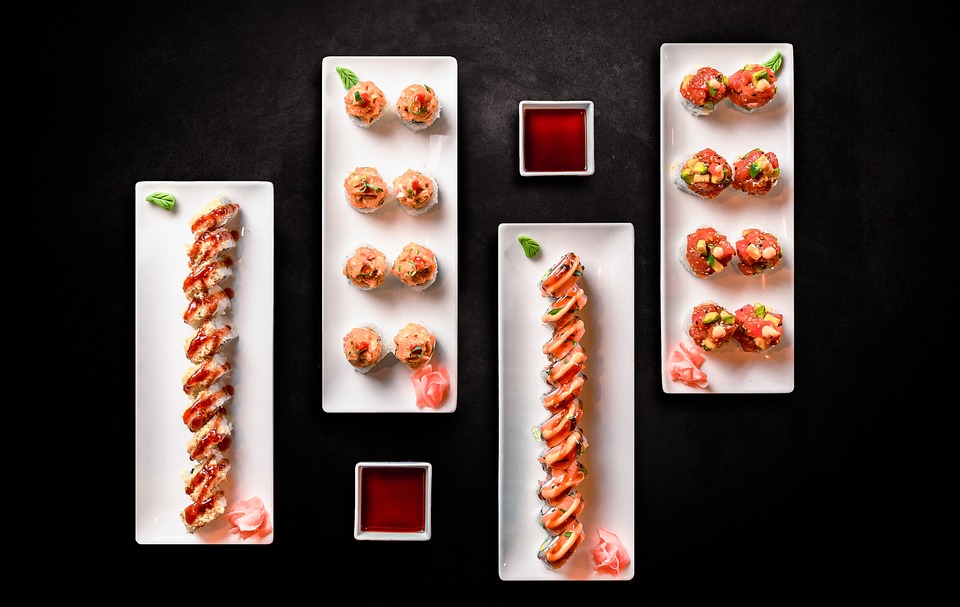
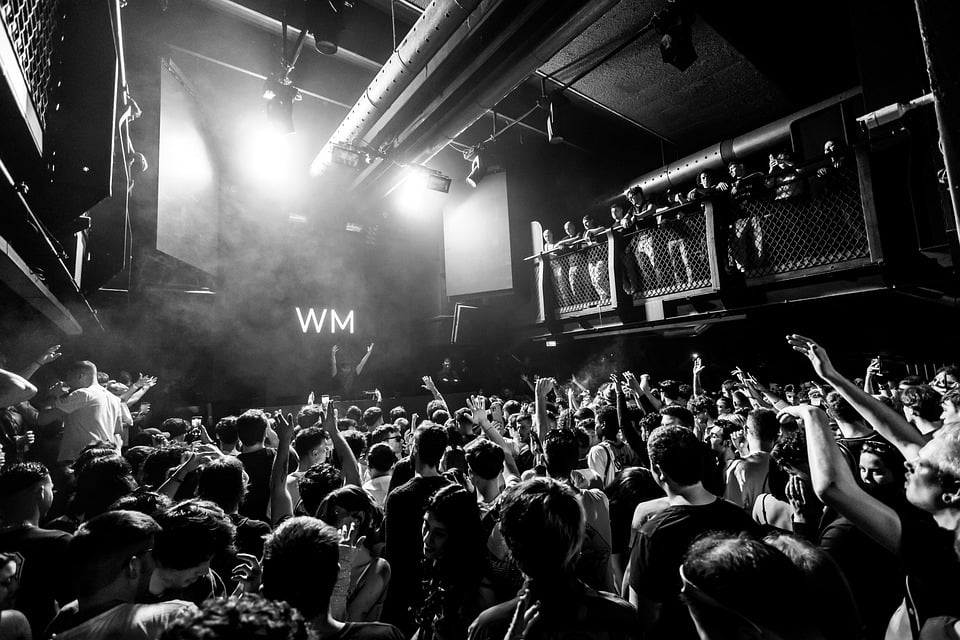
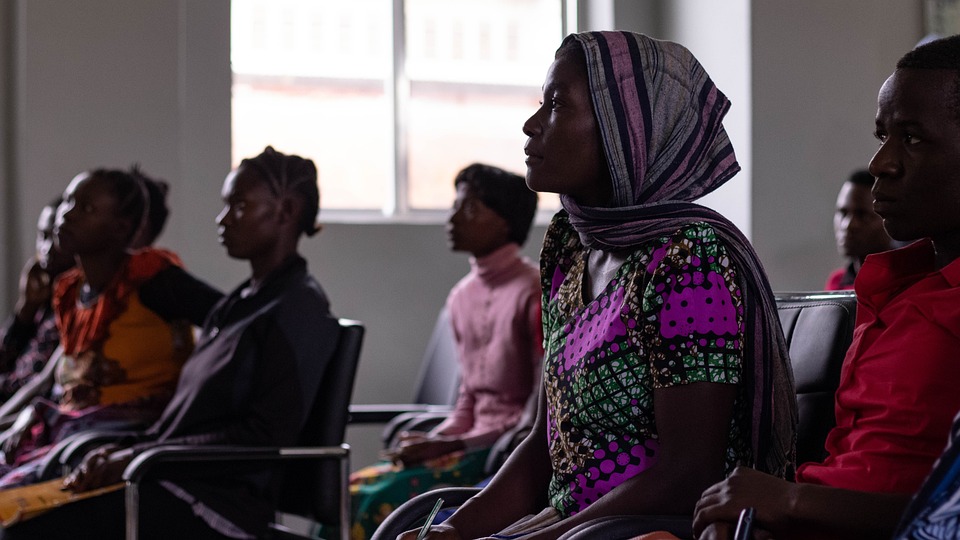


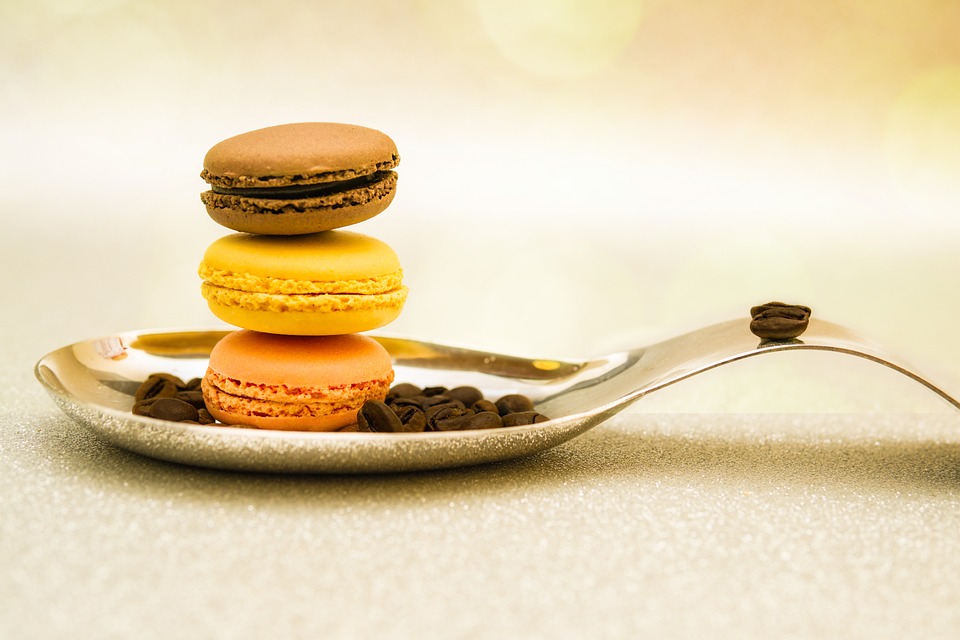

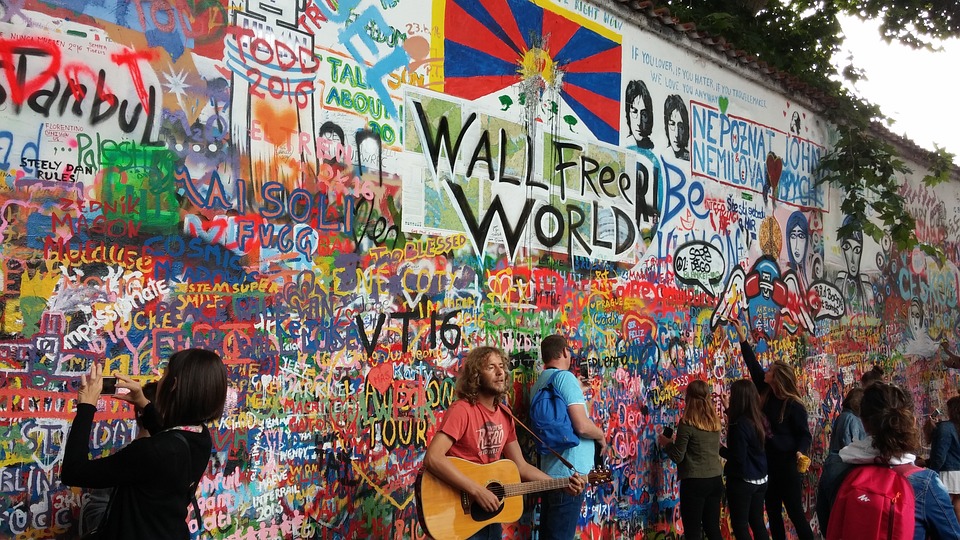
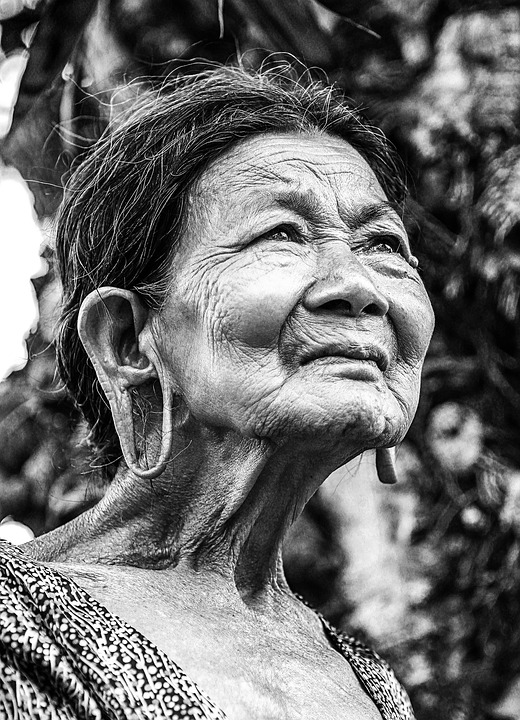
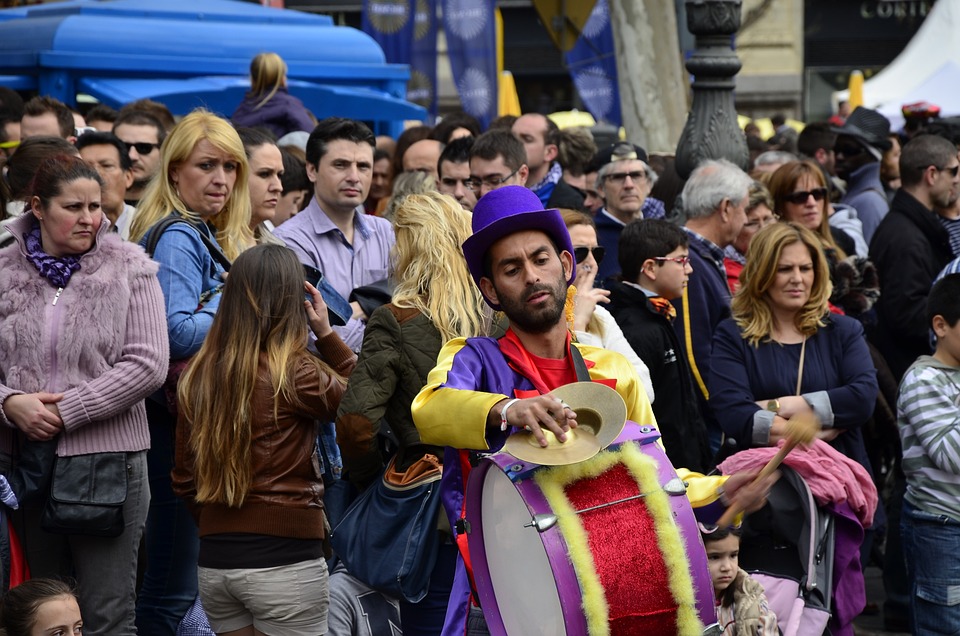
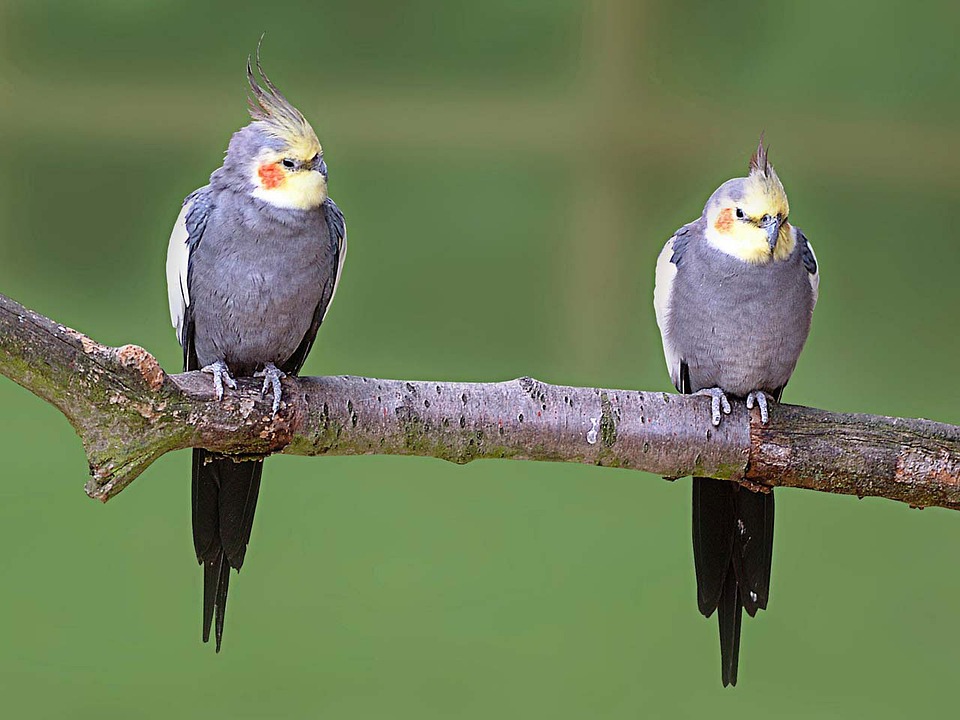
Leave a Reply